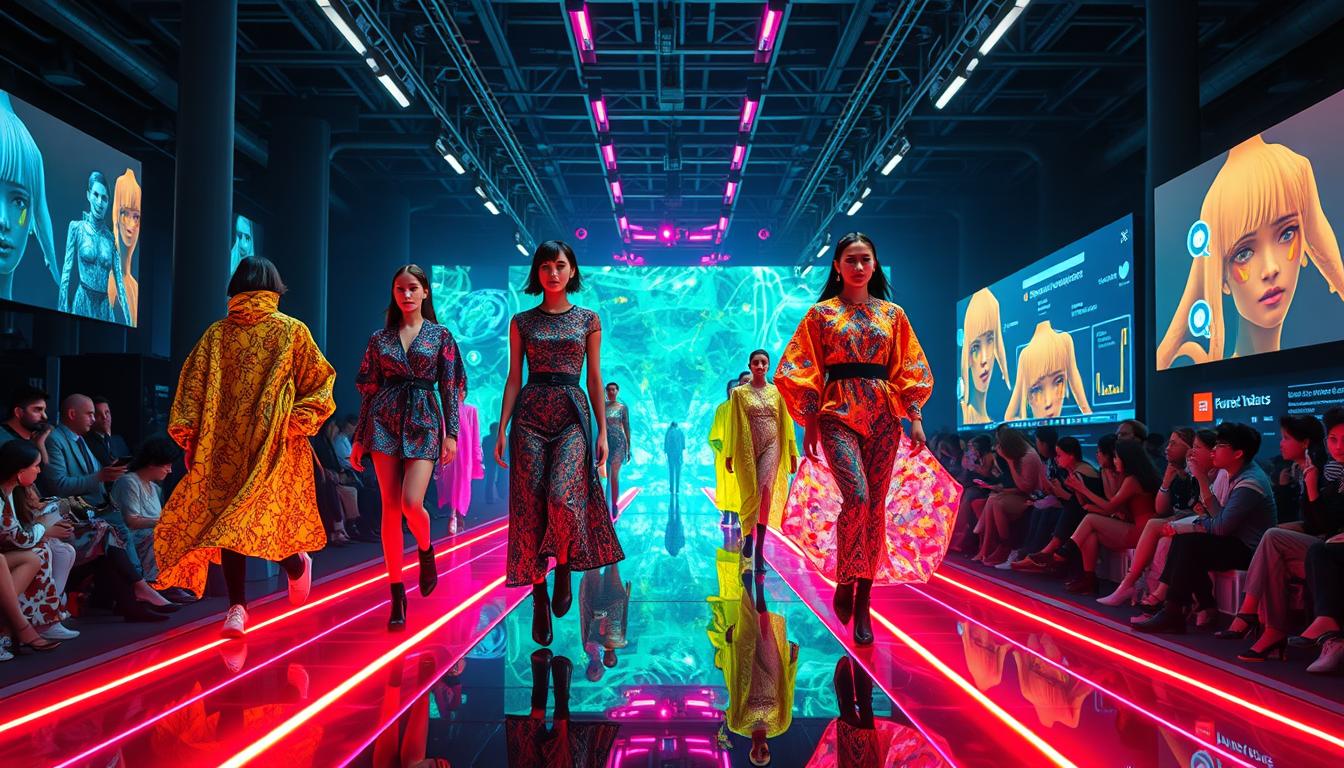Algorithms influence what content appears in your feed by analyzing your interactions like likes, shares, and comments. They prioritize posts with high engagement, relevance, and timeliness, ensuring you see content that resonates most with you. Platforms tailor your experience based on your behavior and trending topics. If you keep exploring, you’ll discover how mastering these factors helps you boost your own visibility and stay ahead in the social media game.
Key Takeaways
- Engagement metrics like likes and shares signal content value and increase its chances of appearing in feeds.
- Algorithms prioritize fresh, relevant, and trending content to enhance user experience and content visibility.
- Platform-specific algorithms favor high-quality visuals or timely posts, affecting how widely content is seen.
- User interaction patterns help algorithms personalize and recommend content, influencing overall visibility.
- Consistent posting and engagement strategies align with algorithm preferences, boosting content reach over time.

Have you ever wondered how some posts suddenly gain popularity while others remain unnoticed? It’s all thanks to the complex world of algorithms, which decide what content gets seen and what’s buried. When you post something online, the platform’s algorithm assesses various factors to determine its visibility. Likes, shares, comments, and saves serve as engagement metrics that signal how valuable your content is. The more users interact with your post quickly, the higher its chances of appearing in others’ feeds. That’s why high engagement signals are so essential—they tell the algorithm that your content resonates with viewers.
High engagement signals like likes and comments boost your content’s visibility in feeds.
If your post captures attention fast, it’s more likely to be promoted, while posts that don’t garner immediate reactions risk being pushed down or hidden. Additionally, platforms often prioritize content that aligns with their specific algorithmic priorities, which can vary widely between social media sites. Content relevance and timeliness also play a major role. Platforms prioritize posts that relate to current events or trending topics because they satisfy users’ desire for fresh, timely information. For example, Twitter’s algorithm favors recent content, so posting about trending news increases your chances of visibility.
Different platforms have tailored algorithms suited to their unique user experiences. Instagram emphasizes visually appealing content, rewarding high-quality images and videos. Meanwhile, platforms like Twitter and Facebook focus on relevance and engagement. External links or political bias can influence how content is ranked, either boosting or hindering its reach. Staying aware of these platform-specific nuances helps you craft content that aligns with each platform’s preferences. Understanding algorithm updates is also vital, as changes can impact how your content is prioritized and displayed.
Algorithms also analyze user behavior patterns to assess content relevance. If someone consistently interacts with certain topics or creators, the algorithm notices and shows them more of that type of content. This means your engagement strategies matter—responding to comments, fostering community, and using trending hashtags can improve your content’s chances of reaching a wider audience. Moreover, platforms increasingly incorporate machine learning techniques to refine how content is recommended, making it even more important to stay adaptable.
Regular posting maintains visibility, and understanding the platform’s current algorithmic priorities ensures you’re not left behind when updates happen. Many creators also worry about shadow banning, where their content’s reach diminishes without clear explanation, but often this is just an algorithmic adjustment rather than intentional suppression. Additionally, leveraging emerging technologies like artificial intelligence can optimize content discovery and targeting.
Ultimately, what determines your content’s visibility is a mix of quality, relevance, and engagement. Creating visually appealing content, posting consistently, and actively engaging with your audience boost your chances of being seen.
Staying informed about changes in algorithms can help you adapt your strategy, ensuring your posts remain visible amid the ever-evolving online landscape. While the mechanics behind algorithms are complex and sometimes opaque, understanding these core principles allows you to work smarter, not harder, in gaining the attention your content deserves.
Frequently Asked Questions
How Can Users Optimize Content for Better Algorithmic Visibility?
To optimize your content for better algorithmic visibility, focus on creating high-quality, relevant posts that your audience cares about.
Use engaging visuals, incorporate trending topics, and include keywords to boost searchability.
Post regularly to stay active, encourage interactions like comments and shares, and analyze your performance data.
Adapting your strategy based on platform updates and audience behavior helps *guarantee* your content reaches more people effectively.
Do Algorithms Prioritize Certain Types of Content Over Others?
You might wonder if algorithms favor certain content types over others. They do, based on platform-specific biases and user behavior.
For example, videos and Reels often get priority because they boost engagement and session time. Photos outperform text posts on some platforms, while live streams and Stories are promoted for real-time interaction.
Your past interactions, preferences, and the platform’s goals shape which content gets more visibility.
How Often Do Algorithms Change to Affect Visibility?
You’re wondering how often algorithms change to impact visibility. Social media platforms update their algorithms multiple times a year, with major overhauls happening quarterly or annually. They also make minor tweaks weekly or monthly to improve relevance and engagement.
Real-time adjustments happen during trending events, and user feedback triggers micro-updates. These frequent changes aim to refine content prioritization, boost user experience, and stay competitive, directly influencing what content you see and how easily it reaches your audience.
Can Algorithms Unfairly Penalize New or Niche Creators?
You might wonder if algorithms unfairly penalize new or niche creators. They often do, because engagement-based sorting favors established content with high traction, making it harder for newcomers to gain visibility.
Shadow-banning reduces reach quietly, and bias in moderation tools can misjudge niche topics.
As a result, your fresh or specialized content faces hurdles, and unless platforms address these biases, your growth can stay limited despite your efforts.
What Role Do User Engagement Metrics Play in Algorithm Ranking?
Imagine your content’s fate hinges on tiny user actions that wield enormous power. User engagement metrics, like time on page, clicks, and interaction rates, are the secret weapons algorithms use to judge your content’s worth.
When you boost these metrics, you’re practically telling the platform, “Hey, this is valuable!” That can skyrocket your visibility, pushing your content to more eyes and making your voice impossible to ignore.
Conclusion
Think of algorithms like a lighthouse guiding ships through foggy waters. Just as the lighthouse’s beam determines which ships reach safe harbor, algorithms decide which content you see first. One study found that over 70% of users rarely scroll past the first page of results. So, next time you wonder why certain posts catch your eye, remember—it’s not just luck, but a carefully tuned system guiding your attention. Your feed isn’t random; it’s algorithm’s lighthouse.









